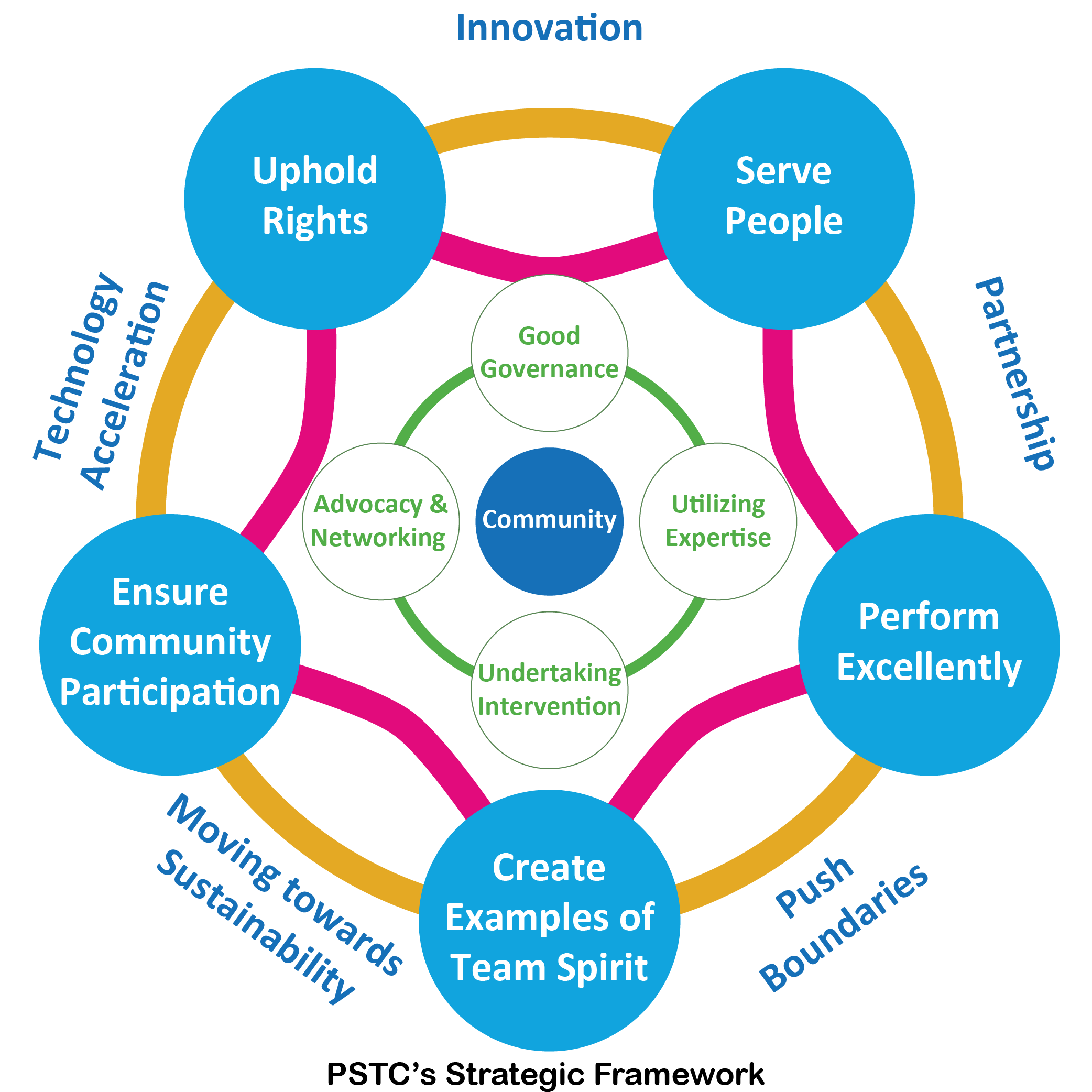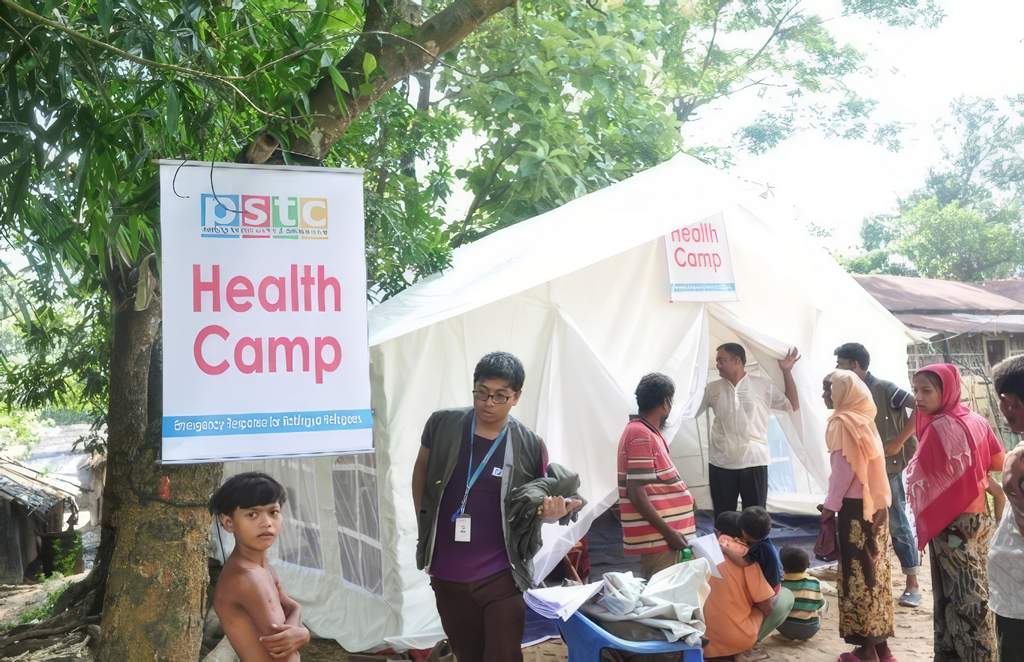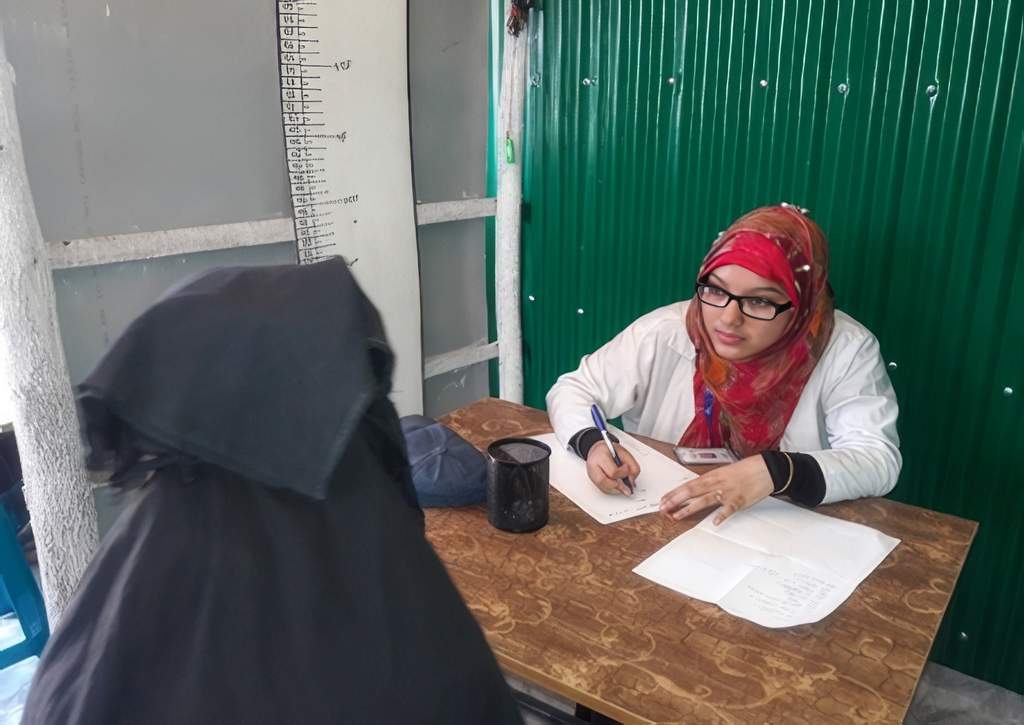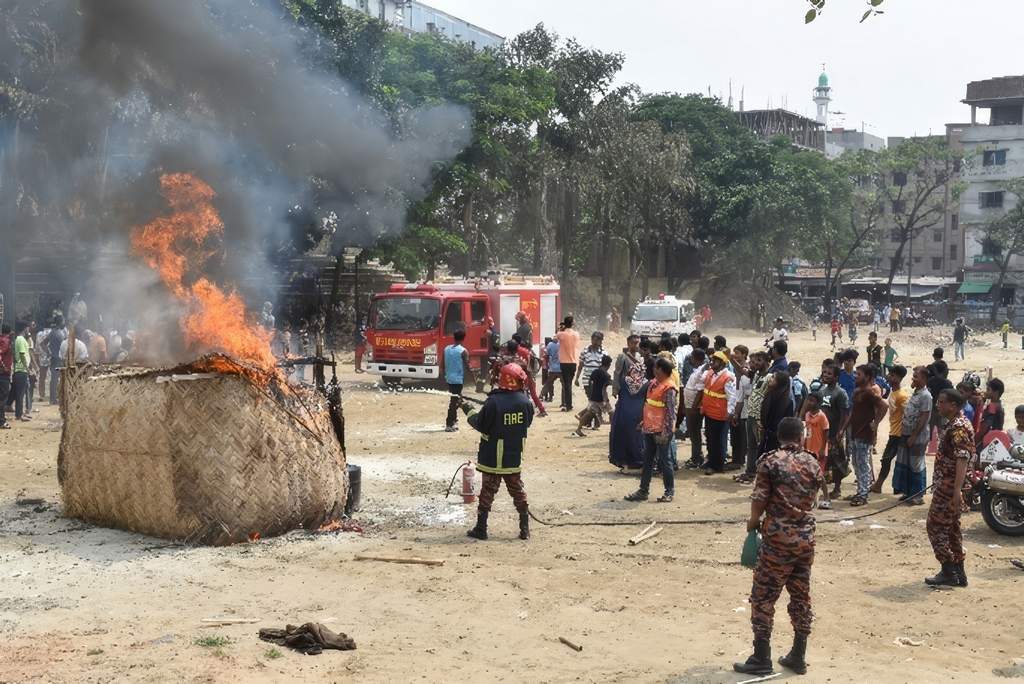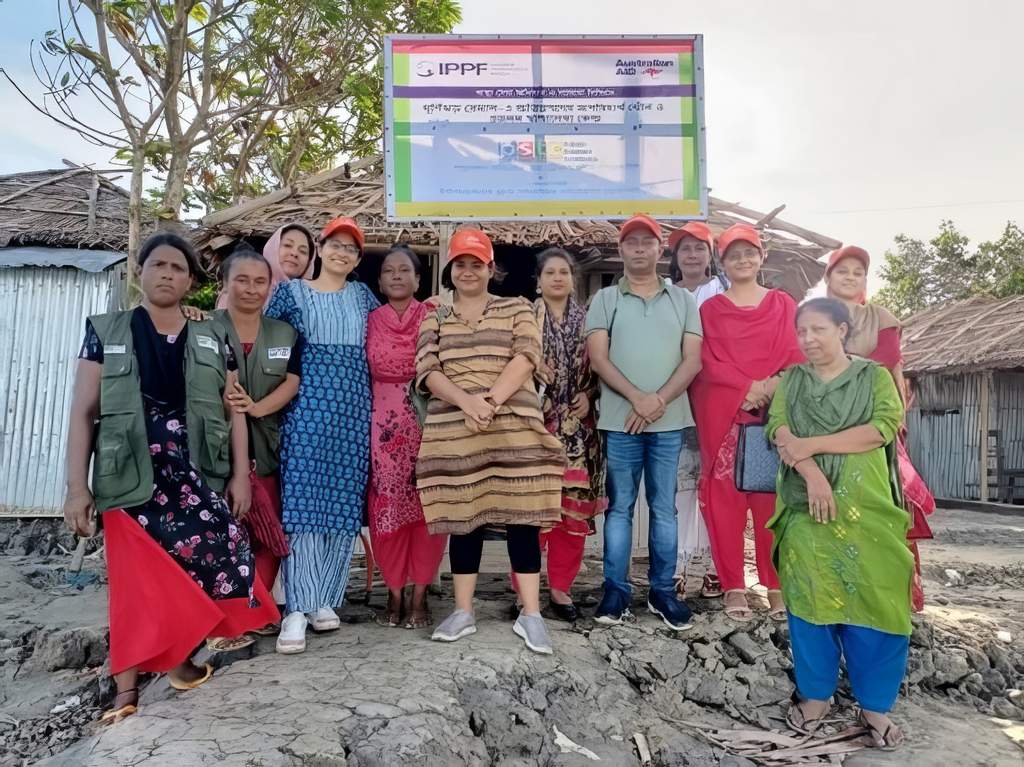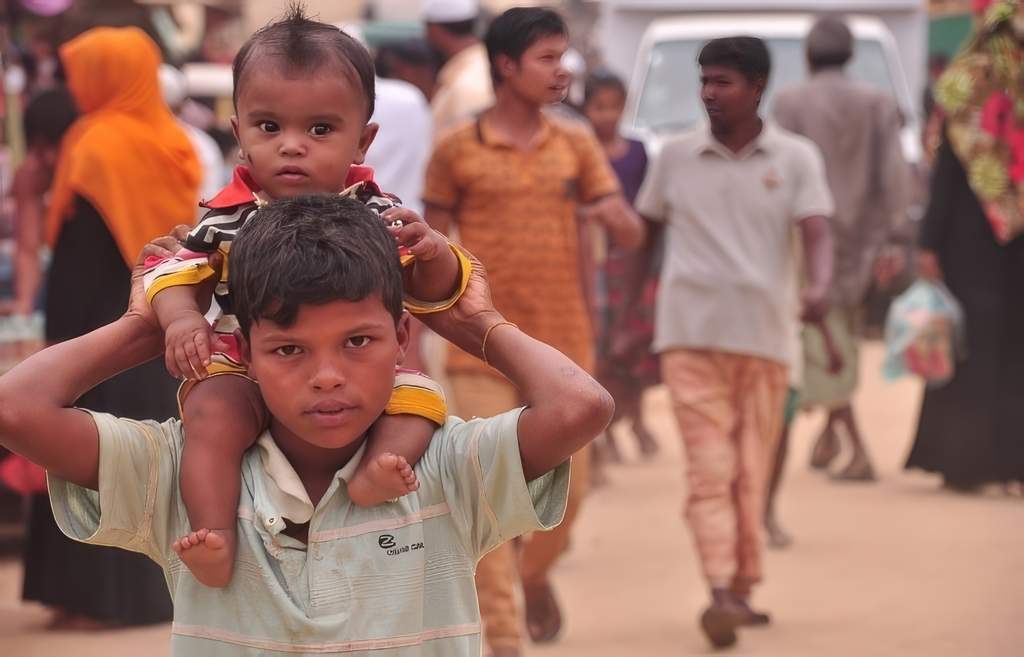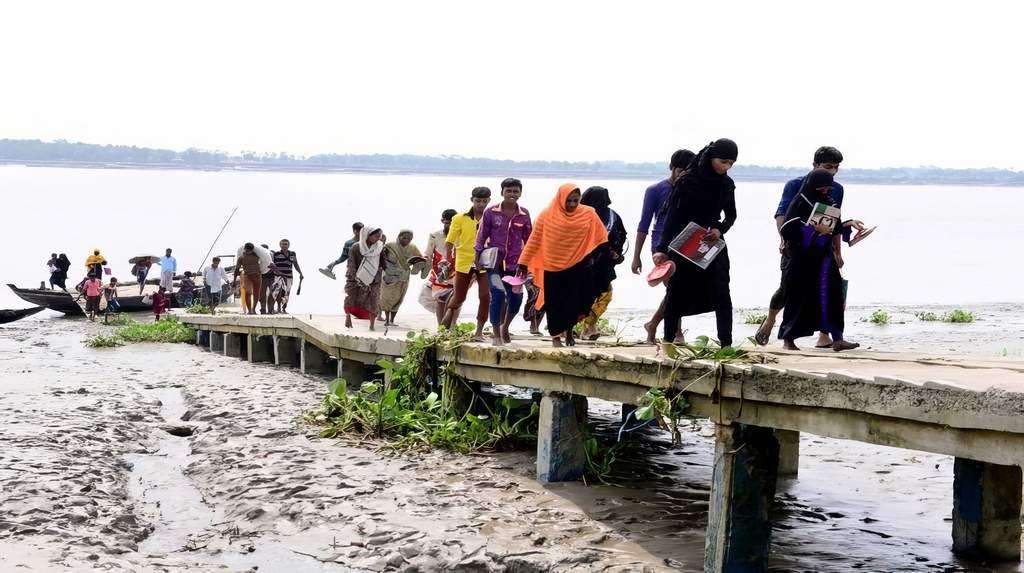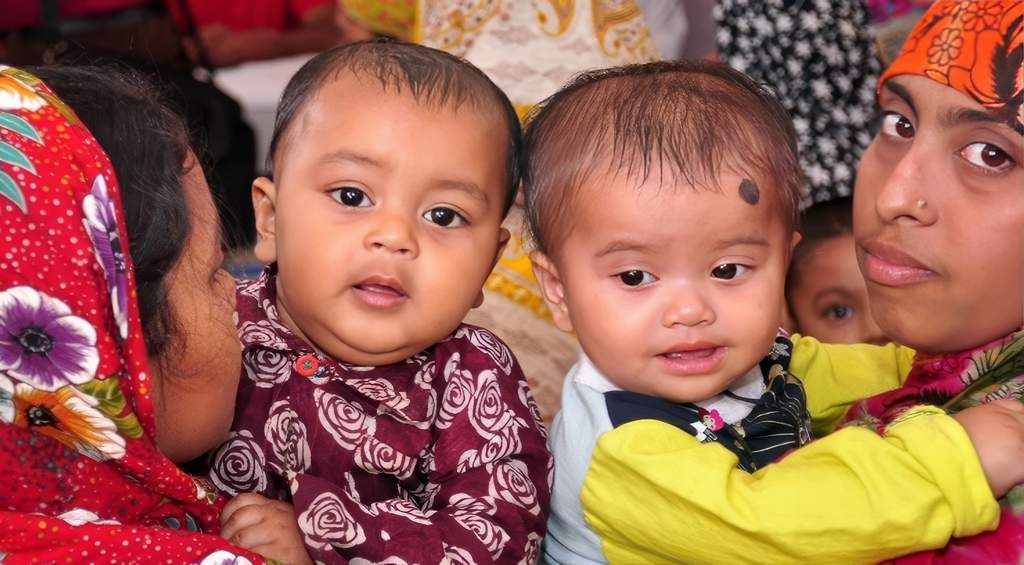PSTC’s Accountability to Affected Populations (AAP) in Bangladesh
PSTC has been working for the improvement and uphold the standard of livelihoods of socially disadvantaged people by undertaking various programs and projects:
Vision: Improved quality of life of people, in general.
Mission: PSTC works for improving health, social security and living conditions for the people, especially for those who are socially disadvantaged, in a sustainable way.
Bangladesh Context
- A densely populated country in South Asia
- Highly vulnerable to natural disasters such as (cyclones, floods, and riverbank erosion)
- A large portion living in poverty and reliant on agriculture
- The impacts of climate change and environmental hazards
- Hosting over a million Rohingya refugees from Myanmar since 2017, adding another layer of complexity to the humanitarian landscape.
Key accountability principles and practices:
- Participation and Inclusion
- Transparency
- Responsiveness
- Monitoring and Evaluation
- Local Capacity Building
- Ethical Standards and Safeguarding
- Coordination with Government and Other Stakeholders
SANGJOG, a program for HIV vulnerable young key people in Cox’s Bazar to address the emerging threat in the perspective of Rohingya influx in Bangladesh
(#AIDS2018 | @AIDS_conference | www.aids2018.org)
Background
- The first HIV infected case was reported in the year 1989.
- Cumulative 5,586 cases detected of whom 924 died.
- Reported number of PLHIV were 4662
- Estimated 12000 people were living with HIV in Bangladesh.
- HIV prevalence among general population in Bangladesh is < 0.01%.
- With the Rohingya influx in Cox’s Bazar so far 109 HIV cases were detected among Rohingya Population.
Learning
Linkage between Rohingya and Bangladeshi Population in Transmission of HIV
Estimated Rohingya population stands at over 1 million outnumbered the local people.
More than 0.4 million Bangladeshi people are living in Ukhia and Teknaf surrounding the Rohingya camps and are getting in touch with them also in different ways.
Huge number of workers are traveling every day inside the camps to support the gigantic relief operation.
There are evidences of sexual abuse and trafficking as common in any refugee situation.
All these factors are influencing of HIV transmission among Rohingya Refugee as well as to the general people of Bangladesh.
Conclusions/ Next Steps
- Urgent to start comprehensive intervention.
- Quick surveillance is essential,
- And increasing program coverage.
Strengthening Urban Resilience Project
Goal: To strengthen urban resilience through enhanced preparedness and evidence based advocacy for improved multi-level co-ordination mechanisms.
Success story/Best Practice model:
Contingency plan developed for the words, Hospitals and different schools with the active participation local community members, word councilors and hospital authorities.
As the authorities were involved with the total planning process it became adapted by the relevant institute.
Involvement of the local institutes and community leaders & members with the project activities become a sustainable initiative.
Meeting Essential Sexual and Reproductive Health (SRH) Needs in Communities Affected by Cyclone Remal
Background
- Struck on May 26, 2024, affecting 4.59 million people.
- Caused significant infrastructure damage, especially to health services.
- PSTC began SRH emergency services on July 1, 2024.
Objectives and Goals
- Restore access to maternal and newborn care, contraception, emergency obstetric care.
- Provide SRH services in line with Minimum Initial Service Package (MISP).
- Focus on prevention of gender-based violence (GBV), HIV, STIs, and unintended pregnancies.
Impact
- Ongoing efforts focus on building resilience and ensuring long-term healthcare solutions for vulnerable populations.
In Bangladesh, several key strategies, programs, and projects have been developed and implemented to enhance Accountability to Affected Populations (AAP) in humanitarian and disaster response contexts:
- Community Engagement and Communication (CEC) Working Group (UN agencies, NGOs)
- Joint Response Plans for Rohingya Humanitarian Crisis (UNHCR, IOM, and INGOs, NGOs)
- Cyclone and Flood Preparedness Programs (BDRCS, GOB- DMM NGOs.)
- Humanitarian Coordination Task Force on AAP (UN agencies INGOs, GOB)
- Shongjog: National Communication with Communities Platform (GOB, INGOs, and NGOs)
- Feedback and Complaint Mechanisms in Humanitarian Projects (World Vision, Save the Children, and other INGOs.)
- Strengthening Gender and Disability Inclusion in Humanitarian Action (UN Women, Handicap International, and local partners.)
- Common Services for Community Engagement and Accountability (CEA) (UNHCR, IFRC, and BRCS)
- Strengthening Local Capacities for AAP (Local NGOs in collaboration with international partners.)
- Integration of AAP in Government Policies (GOB)
Challenges Faced in the AAP Journey in Bangladesh:
- Limited Community Awareness and Engagement: Lesson Learned
- Barriers to Inclusivity and Accessibility: Lesson Learned.
- Inconsistent Feedback Loop Closure: Lesson Learned
- Cultural Sensitivity and Trust Deficit: Lesson Learned
- Resource Constraints:
Lessons Learned in the AAP Journey in Bangladesh:
- Community Participation Must Be Continuous
- Adaptability Is Key
- Collaboration Enhances Effectiveness
- Investing in Local Capacity Strengthens Accountability
